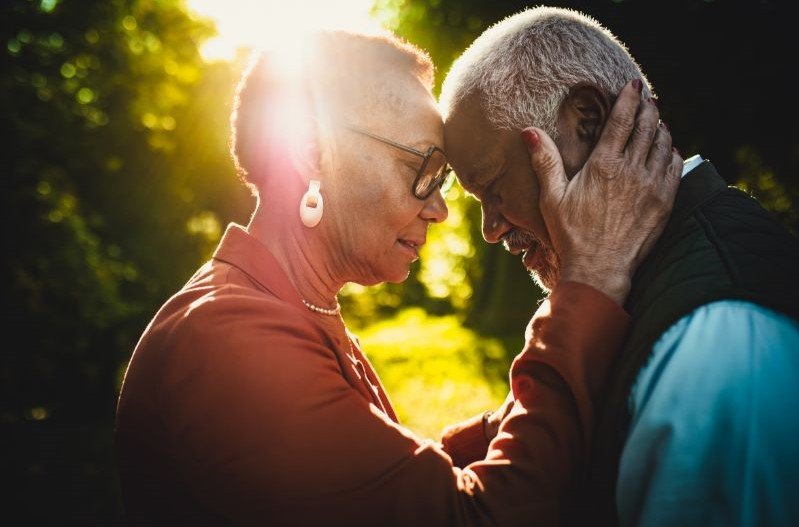In a world where the only constant is change, women are being empowered to take charge of their futures. Women play vital roles in so many areas of life. They are full-time workers, caregivers, entrepreneurs and so much more. Women are learning to safeguard their financial future in a variety of ways, but life insurance is often overlooked. According to the 2021 Insurance Barometer Study, just 47 percent of women (compared to 58 percent of men) carry life insurance.
Unfortunately, the gap in women covered by life insurance falls in line with other gaps women face. The wage gap, the disproportionate number of women who perform unpaid labor and a lack of confidence in their own financial literacy. Fortunately, people are talking about this topic in many places and on many platforms, so change is on the horizon.
Financial Security
It’s a well-known fact that life can be unpredictable. Life insurance is an excellent way to create a safety net for the family. We often speak on this blog about easing the burden on loved ones, life insurance is a way to do exactly that. The money can cover mortgage payments, childcare needs, day-to-day expenses and more.
Tailor Coverage to Your Needs
Life insurance is very customizable. From a primary caregiver, to a business owner, to a stay-at-home parent, there is a policy out there that will meet everyone’s needs. Choose between term life insurance that provides affordable coverage for a specific period of time and return-of-premium life insurance which can serve as protection for your loved ones and as a long-term financial investment in your future.
Feel Empowered
Women are increasingly taking charge of their finances. Life insurance is just one piece of that puzzle. Adequate, tailored coverage can give women peace of mind (another topic we love here at the Park) knowing they have taken the steps to protect their loved ones and their own financial future.
Life insurance gives women control. Making this investment in their future allows women to make sure their families are provided for; their legacy is preserved and their own financial future is intact. Take charge of the constant change of life with the security offered by life insurance coverage.




